Creating Custom Clothing: Printing Direct to Film vs Direct to Garment

Creating Custom Clothing: Printing Direct to Film vs Direct to Garment
Choosing the right printing technology can be a game-changer for businesses in the custom clothing market. With the battle between direct to film vs direct to garment printing taking center stage, understanding the nuances of each method is crucial.
Are you wrestling with the decision of which printing technology to adopt for superior quality and efficiency? This article sheds light on the pivotal differences between direct to film and direct to garment printing to guide you through the decision-making process. Discover why this choice could revolutionize your approach to custom apparel and make your offerings stand out in the competitive textile industry
Direct to Film (DTF) Printing Overview
DTF printing is a revolutionary technique where designs are first printed onto a special film before being transferred onto fabric. This method is known for its flexibility and durability. It allows for vibrant, high-quality prints on a wide array of fabric types, including those that are traditionally challenging for other printing methods.
Whether it's cotton fabrics, polyester, or blends, DTF excels in delivering long-lasting prints that maintain their color and texture through numerous washes. This versatility makes DTF particularly appealing for businesses looking to produce diverse product ranges without compromising on quality.
Direct to Garment (DTG) Printing Overview
On the other hand, DTG printing involves printing designs directly onto the fabric using specialized inkjet technology. This method is celebrated for its precision and ability to reproduce intricate details and wide color spectrums, particularly on cotton fabrics.
DTG shines when it comes to projects that require high-detail imagery on cotton or cotton-blend materials. However, its effectiveness can be limited when dealing with dark-colored fabrics or a broader range of types of materials.
Despite these limitations, DTG remains a go-to for many due to its straightforward process and the exceptional quality it can achieve on the right materials.
Direct to Film vs Direct to Garment: Key Differences
When diving into the world of custom apparel printing, it's essential to understand the distinctions between DTF and DTG technologies. These differences can significantly impact your project's outcome, from the type of materials you can print on to the durability and efficiency of the process.
Material Compatibility
One of the first considerations when choosing a printing method is the type of fabric you plan to use. DTG printing has a strong affinity for cotton fabrics. It delivers excellent results on items that are 100% cotton or high-cotton blends.
This preference is due to the ink's absorption into the cotton fibers, which creates vibrant, soft-to-the-touch prints. However, its effectiveness diminishes on synthetic fabrics, where ink adherence is less reliable.
Conversely, DTF printing showcases remarkable versatility as it can accommodate a vast array of fabric types beyond just cotton. This method allows for high-quality prints on polyester, blends, and even more challenging materials like nylon or leather.
The flexibility of DTF printing opens up a broader range of product possibilities, from sportswear to accessories. This makes it an ideal choice for projects requiring diversity in material types.
Print Quality and Durability
Both DTF and DTG methods produce high-quality prints, but their durability can vary. DTG prints are known for their precision and color richness, especially on lighter-colored cotton fabrics.
However, the durability of DTG prints can be a concern, as they may fade faster over time compared to DTF prints. Especially with frequent washing.
DTF prints stand out for their robustness and wash resistance. The process involves printing onto a film that is then transferred to the fabric. This creates a layer that adheres strongly to various types of materials.
The process results in long-lasting prints that maintain their vibrancy and detail even after multiple wash cycles. This makes DTF a reliable choice for items that will see heavy use.
Efficiency and Volume
Efficiency and the ability to handle volume orders are critical for businesses looking to scale. DTG printing is straightforward but can be time-consuming. This is particularly the case for large orders as each garment must be printed individually.
DTG printing suits smaller runs or custom pieces where detail and customization are paramount.
DTF printing, on the other hand, excels in efficiency and scalability. By printing designs onto a film in advance, DTF allows for batch processing of transfers. This method significantly speeds up production times for large orders.
The pre-printing step reduces the overall time spent per item and enables businesses to fulfill high-volume orders more effectively without sacrificing quality.
Choosing the Right Process for Your Business
Selecting the ideal printing process for your business is more than just a technical decision. It's about aligning with your company's goals, market demands, and operational efficiencies.
Whether you lean towards direct to film or direct to garment printing, understanding how each method fits within your business model is crucial. Let's break down the factors that can guide your decision.
Analyzing Business Needs
Every business has unique needs based on its target market, the type of products it offers, and its production volume. If your business thrives on custom, small-batch orders with a focus on cotton fabrics, DTG might be your best bet due to its detail and color accuracy. This method allows for on-demand printing without the need for pre-treatment on light-colored cotton garments.
However, if your operation is scaling and you're looking to diversify the types of materials you print on, DTF offers the flexibility needed to expand. It supports printing on a broader range of fabrics and colors, including dark fabrics. This makes it suitable for businesses aiming to broaden their product offerings.
Cost Considerations
When it comes to the bottom line, both initial investment and ongoing production costs play a significant role in choosing a printing process.
DTG printers generally have a lower entry cost but may incur higher per-item costs, especially for large orders. In contrast, DTF requires a higher initial investment for the printer and the transfer film, but the per-item cost can be lower, making it more cost-effective for bulk orders.
Businesses should calculate the potential return on investment (ROI) based on their typical order size and frequency to determine which method offers the best financial sense.
Versatility and Innovation
In the fast-evolving world of custom apparel, staying ahead means adopting versatile and innovative solutions. DTF printing stands out for its ability to adapt to various types of materials and its exceptional color accuracy, even on dark fabrics.
This versatility opens up new avenues for product innovation. It allows businesses to offer a wider range of custom apparel options. Moreover, the durability and quality of DTF prints can be a significant selling point, as customers increasingly value long-lasting products.
Advantages of DTF Transfers for Wholesale Customers
For businesses looking to scale their operations in the custom apparel market, DTF transfers offer a suite of advantages tailored to the needs of wholesale customers. These benefits range from exceptional print quality to cost-effectiveness, making DTF an attractive option for those aiming to enhance their product offerings and improve their bottom line.
High-Definition Prints and Color Vibrancy
DTF transfers are renowned for their ability to produce high-definition prints with unmatched color vibrancy. This superior print quality ensures that even the most intricate designs come to life on fabric. The method provides a significant advantage for businesses that prioritize aesthetic appeal in their products.
The vibrant colors and sharp details achievable with DTF transfers are not just visually appealing but also durable, maintaining their integrity wash after wash. This level of quality is crucial for wholesale customers who demand excellence in every order.
Scalability and Efficiency
One of the standout benefits of DTF transfers is their scalability and efficiency. This printing method supports bulk processing which allows businesses to produce large quantities of custom apparel quickly without compromising on quality.
The ability to pre-print designs onto transfer films means that multiple garments can be processed simultaneously, significantly reducing turnaround times. This efficiency is vital for wholesale customers looking to fulfill large orders with tight deadlines. It provides a real competitive edge in the fast-paced fashion industry.
Cost-Effectiveness and Profit Margins
Finally, DTF transfers offer significant cost benefits, especially for wholesale operations. The initial investment in DTF technology can lead to lower material and production costs in the long run. By enabling businesses to produce high-quality custom apparel at a lower cost per item, DTF transfers can help improve profit margins.
This cost-effectiveness, combined with the high-quality output and efficiency of the DTF process, makes it an ideal choice for businesses aiming to expand their offerings and grow their customer base in the wholesale market.
Unveiling the Best in Custom Printing
In the arena of custom clothing, the direct to film vs direct to garment debate is about choosing a path that aligns with your business's vision for quality, versatility, and efficiency. Our exploration reveals that while DTG holds its ground for certain applications, DTF emerges as a compelling choice for businesses eyeing scalability and diversity in fabric compatibility.
At DTF Transfers Wholesale, we specialize in providing top-tier DTF transfers to ensure that your business benefits from high-definition prints and vibrant colors that last. Visit our secure online store to explore our range of DTF solutions designed for the modern textile industry.

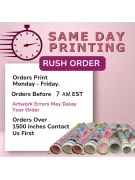
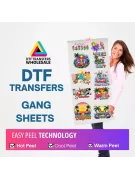
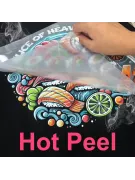
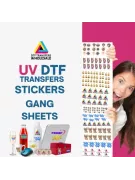
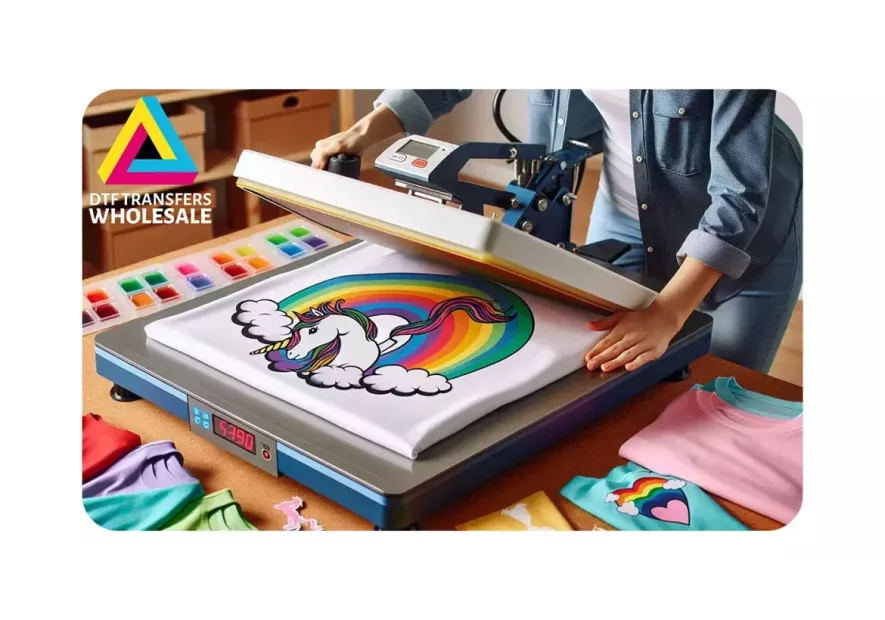
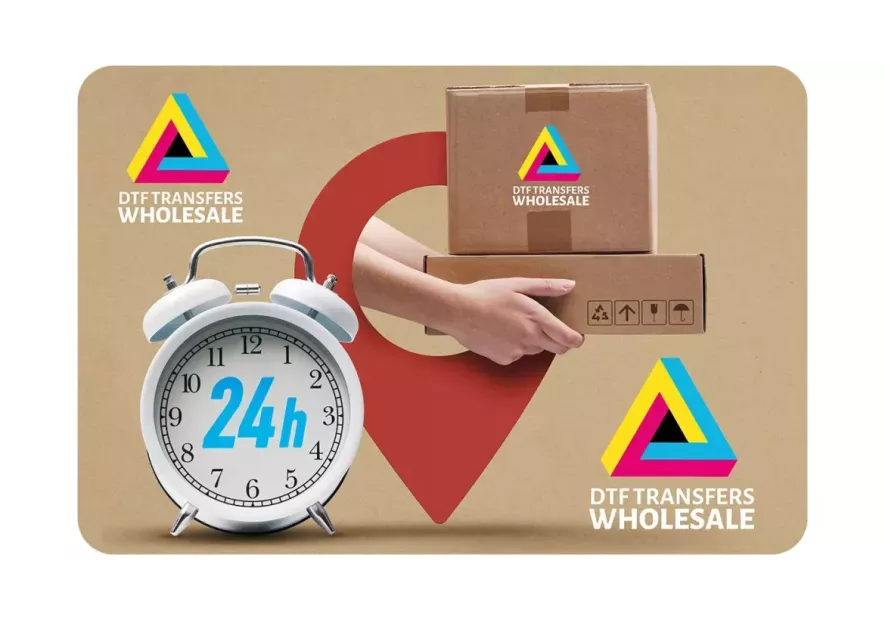
Leave a comment